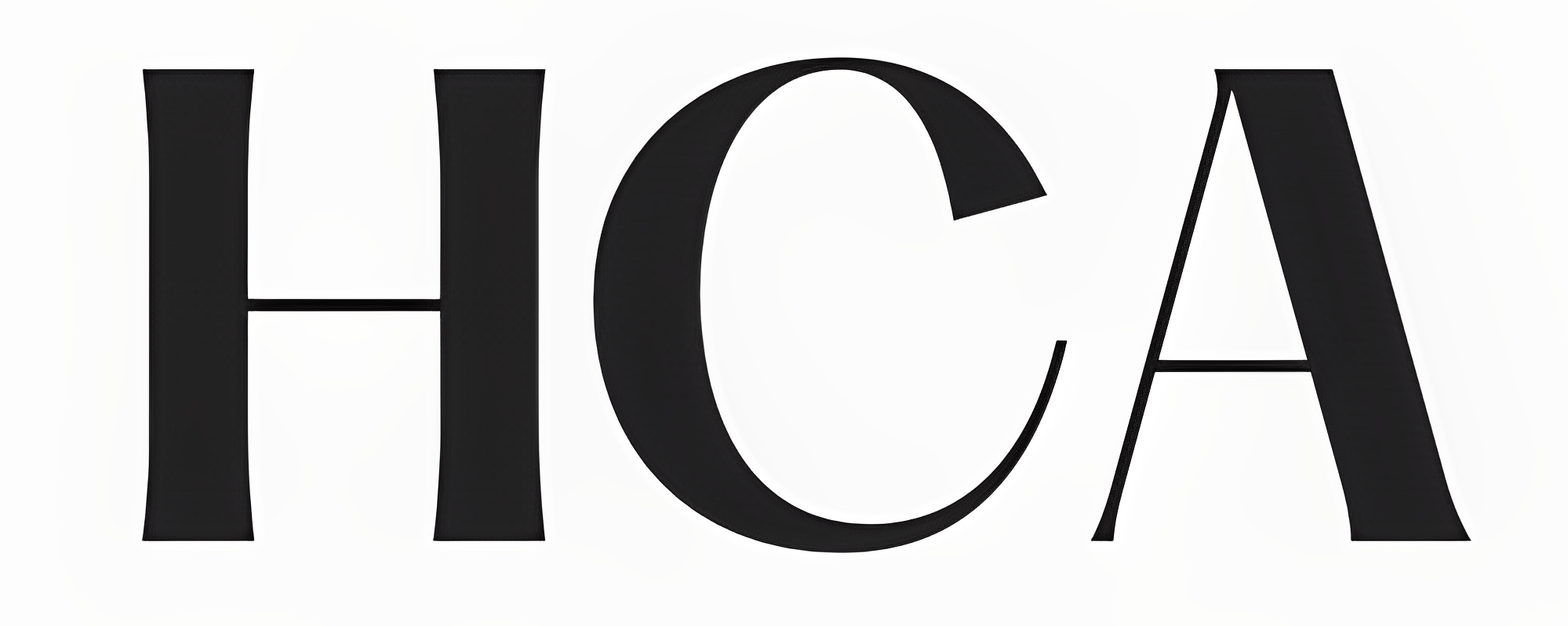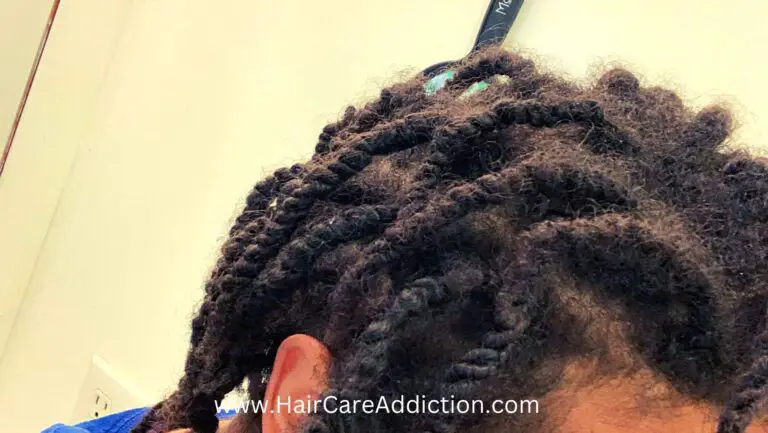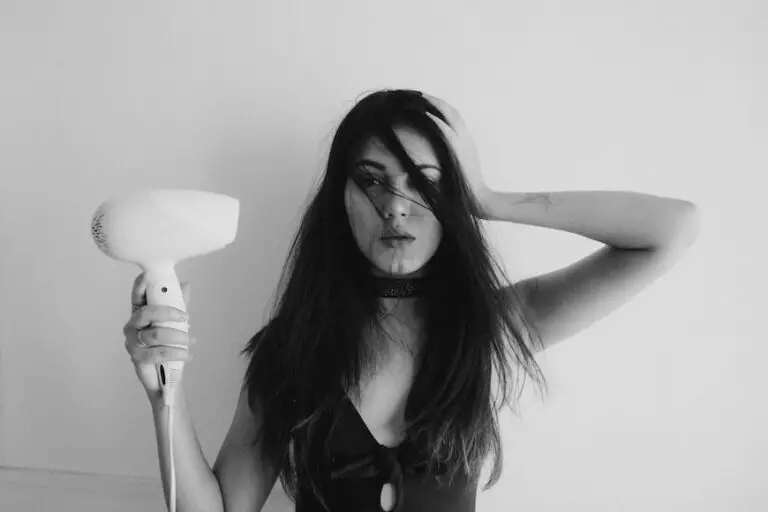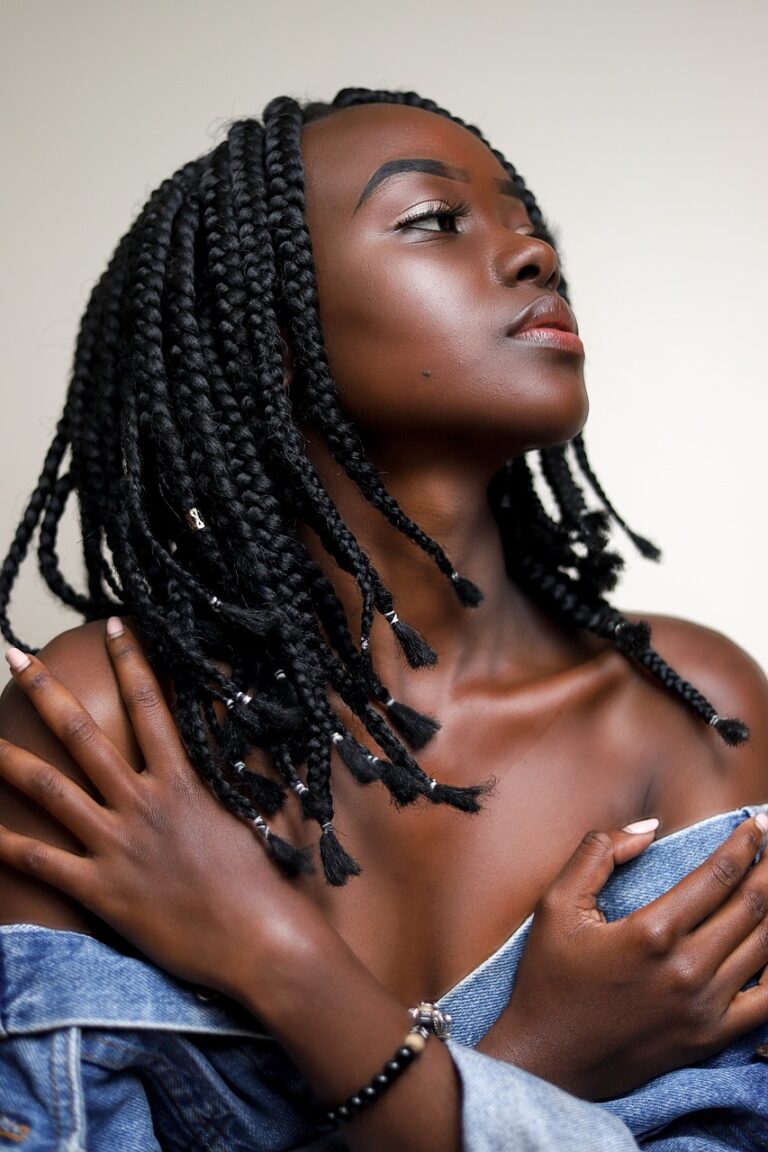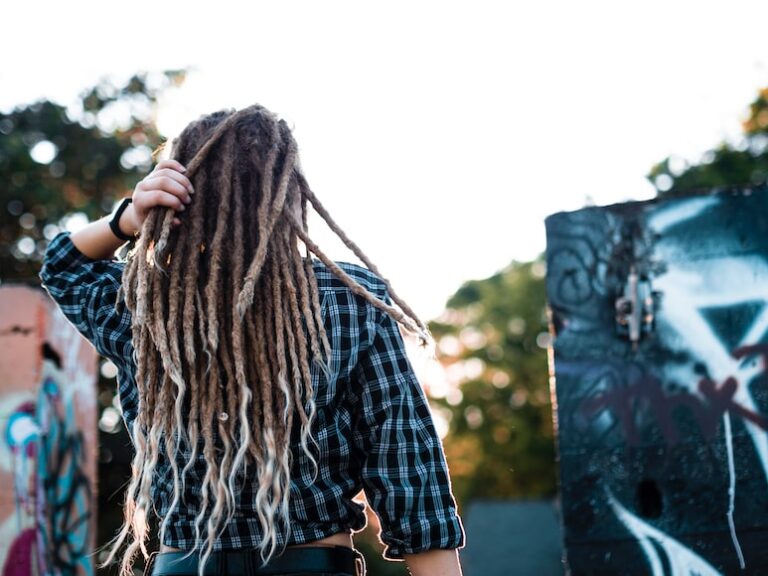Why Does My Hair Dread Itself? (Here’s Real Reason)
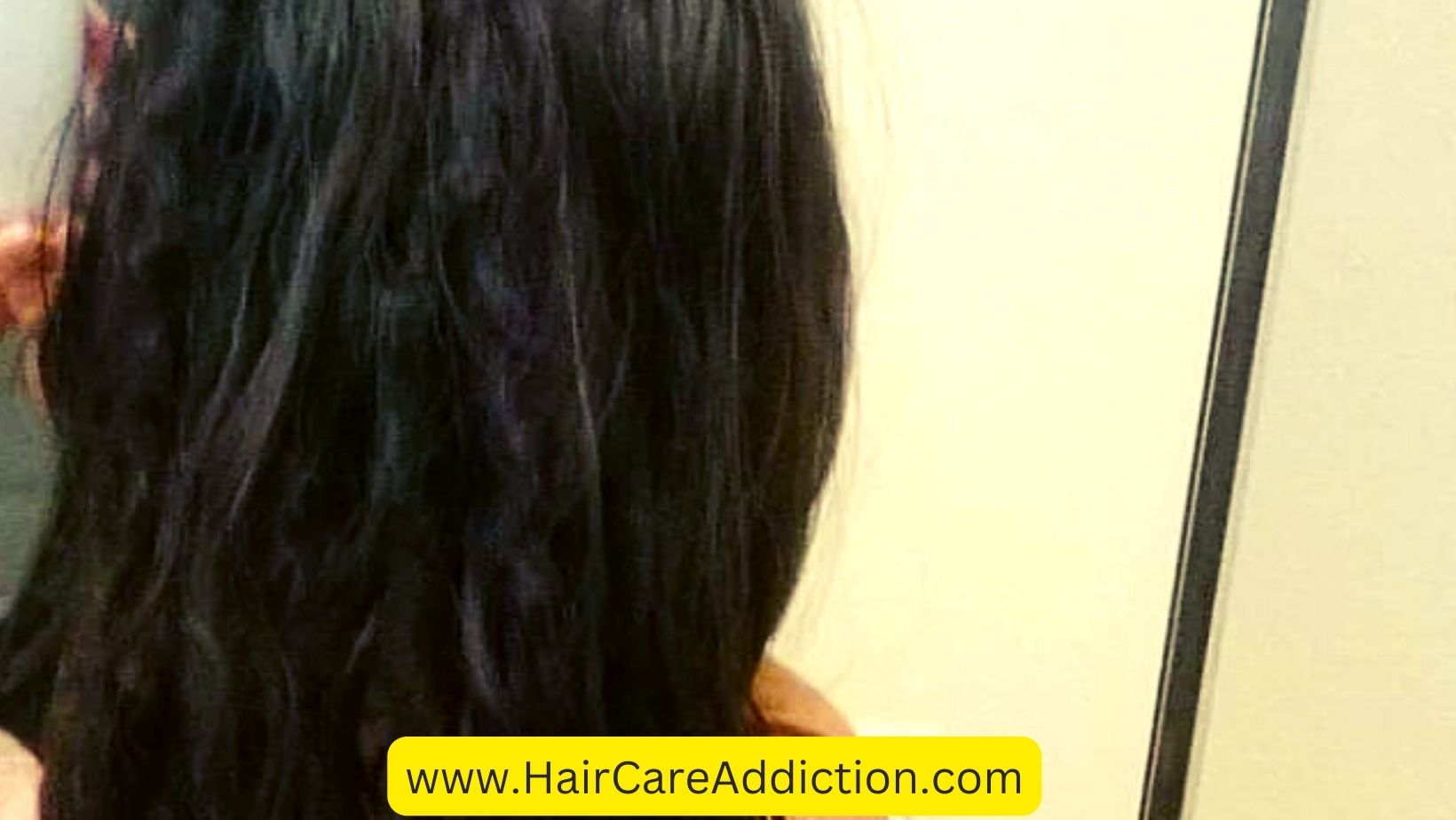
You are not alone if you have ever wondered why your hair appears to form dreadlocks on its own.
Many people with curly, kinky, or coily hair have noticed this phenomenon, particularly at the back of their heads where the hair rubs against pillows, clothing, or other surfaces.
Dreadlocks are simply matted coils of hair formed when loose or shed hairs tangle with attached hairs.
While some people create and maintain dreadlocks as a hairstyle on purpose, others may find them irritating, unsightly, or damaging to their hair.
So what causes hair to dread itself? And how can you prevent it from happening? Here are some factors that contribute to the formation of dreadlocks and some tips on how to avoid them.
Why Does My Hair Dread Itself?
Here are the reason why your hair form dreadlock on itself:
Neglected Detangling
One of the primary reasons for spontaneous hair tangling is the lack of regular detangling.
Detangling is essential as it helps remove shed hairs that can otherwise wrap around other strands, causing knots.
When hair is left uncombed or unbrushed for extended periods, it naturally begins to clump together, eventually forming dreadlocks.
To prevent this, regularly use a wide-tooth comb or your fingers to gently work through your hair, section by section, starting from the tips and moving towards the roots.
You can also make use of a conditioner or detangling spray to add slip and facilitate the process.
Product Residue Buildup
Another factor contributing to self-dreadlocking is the buildup of product residue.
Excessive use of shampoo, conditioner, gel, oils, or similar products can leave behind residues that make your hair sticky and prone to tangling.
Such buildup can also clog pores on your scalp, hindering proper hair growth and overall health. To prevent this, make sure to wash your hair regularly with a clarifying shampoo, effectively removing any excess product and dirt.
Thoroughly rinse your hair after applying any product and avoid using products containing heavy or greasy ingredients.
Friction
Hair friction is a common culprit in the formation of dreadlocks.
When your hair rubs against various surfaces like pillowcases, hats, scarves, towels, or even your clothing, it can lead to breakage, splitting, and tangling.
To minimize friction, consider using a satin or silk pillowcase or bonnet to protect your hair while sleeping. Be gentle when drying your hair and avoid vigorous rubbing with a towel; instead, gently squeeze out excess water.
Also, be mindful of accessories like hats or scarves that can create friction on your hair.
Dryness
Dryness is yet another factor that can trigger hair self-dreadlocking. Dry hair tends to be brittle, rough, and prone to breakage and tangling.
Factors contributing to dryness include environmental elements such as sun exposure, wind, and cold weather, as well as internal factors like dehydration, inadequate nutrition, or underlying health issues.
To prevent dryness, incorporate regular moisturizing routines using leave-in conditioners, oils, or hair butter to seal in moisture and smoothen the hair cuticles.
Hydrate yourself by drinking ample water and maintain a balanced diet rich in healthy fats, proteins, and essential vitamins.
Neglect
Neglecting your hair’s needs is a significant contributor to the self-dreadlocking phenomenon.
Neglect can manifest as skipping wash days, leaving protective styles in for extended periods, avoiding regular trims, or failing to seek professional hair care when necessary.
This neglect can lead to weakened, damaged, and tangled hair, ultimately resulting in dreadlocks forming unintentionally. To counteract this, establish a consistent hair care routine tailored to your hair type and requirements.
Keep a vigilant eye out for signs of damage or distress in your hair, addressing them promptly.
Conclusion
Dreadlocks are not necessarily bad for your hair if they are done intentionally and maintained properly.
However, if you do not want dreadlocks in your hair, you should take steps to prevent them from forming by detangling, cleansing, moisturizing and protecting your hair regularly.
By doing so, you can keep your hair healthy, beautiful and free of unwanted dreadlocks.
